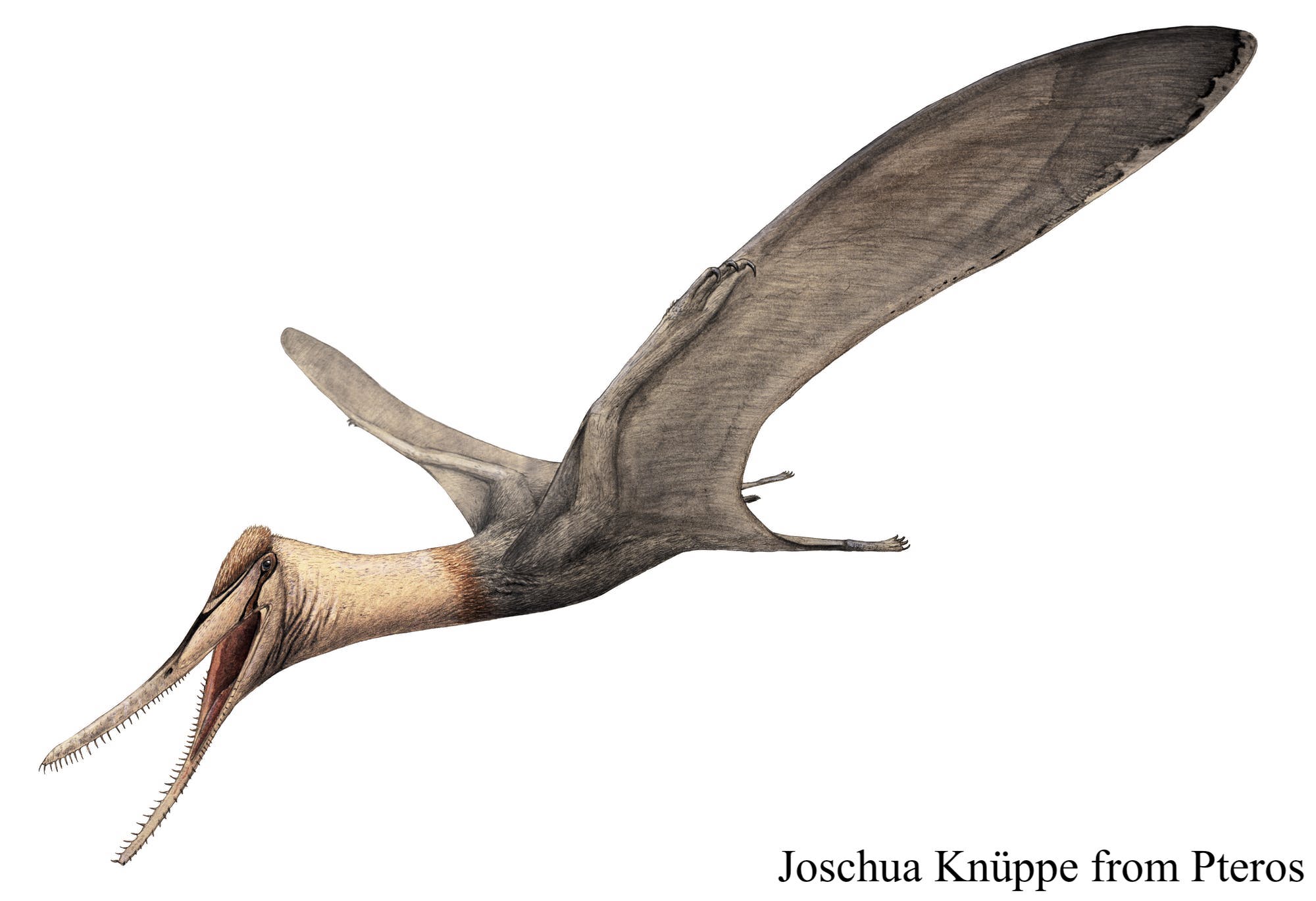Welcome to Aetodactylus

Name Definition
Eagle finger
Name Given By
Timothy S. Myers, 2010
Location
Tarrant Formation of northeastern Texas, U.S
Classification
Pterosauria, Pterodactyloidea, Ornithocheiromorpha, Ornithocheirae, Targaryendraconia, Cimoliopteridae
Size
although the exact wingspan is unknown, Myers has estimated it to be around 3 meters wide
Temporal Range
Cenomanian stage of the late Cretaceous, ~97 million years ago
Ecological niche
aerial piscivore (fish eater)
Species/Sub Species
A. halli
Diet
based on provided evidence of the dentition, Aetodactylus seems to have been a piscivore or a carnivore that eats fish meat
Introduction
Aetodactylus is a genus of targaryendraconian pterosaurs that lived in the U.S. during the late Cretaceous epoch. Though previously thought to have been an ornithocheirid (another family of pterodactyloid pterosaurs), Aetodactylus has recently (2019) been reassigned to the family Cimoliopteridae in the clade Targaryendraconia. The dentition of Aetodactylus consists of evenly paired teeth, the first pair pointing forwards. This is a kind of tooth structure that is efficient for catching fish since the forward protruding teeth are good for latching onto the fishes’ slippery skin which traps them. The size of the teeth increase towards the end of the snout at the tip, with the shortest being at the back of the mouth. Because of the larger teeth at the front, there have been pits or holes reported near the front of the lower jaw which was most likely used to house its larger teeth, though these pits do not appear around the entire perimeter of its lower jaw. While it is unknown whether Aetodactylus had a crest, it has been confirmed that Aetodactylus does not possess a crest on its lower jaw, making it distinguishable from its relative Cimoliopterus. Because of the fact that Aetodactylus was a late Cretaceous pterosaur from North America and has teeth unlike the more common toothless pterodactyloids during that time, it proves that not all the late Cretaceous pterosaurs in North America were toothless. Due to this diversity of North American pterosaurs living in the late Cretaceous, many scientists and researchers have now expressed a new interest in studying pterosaurs.